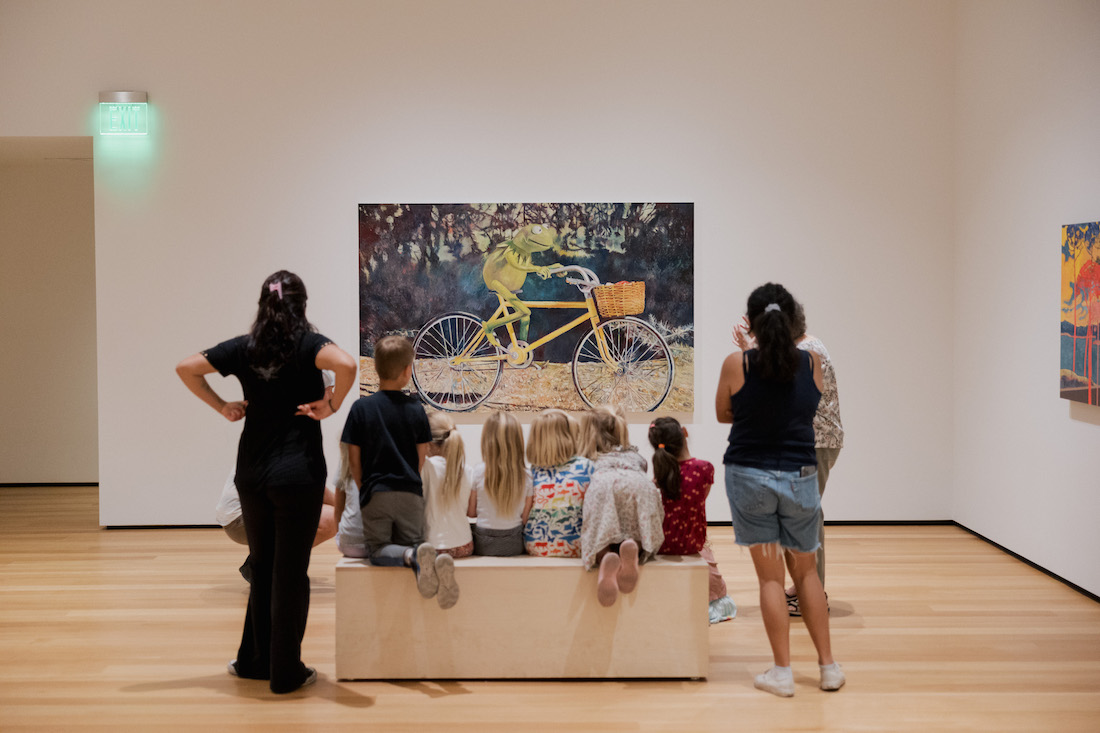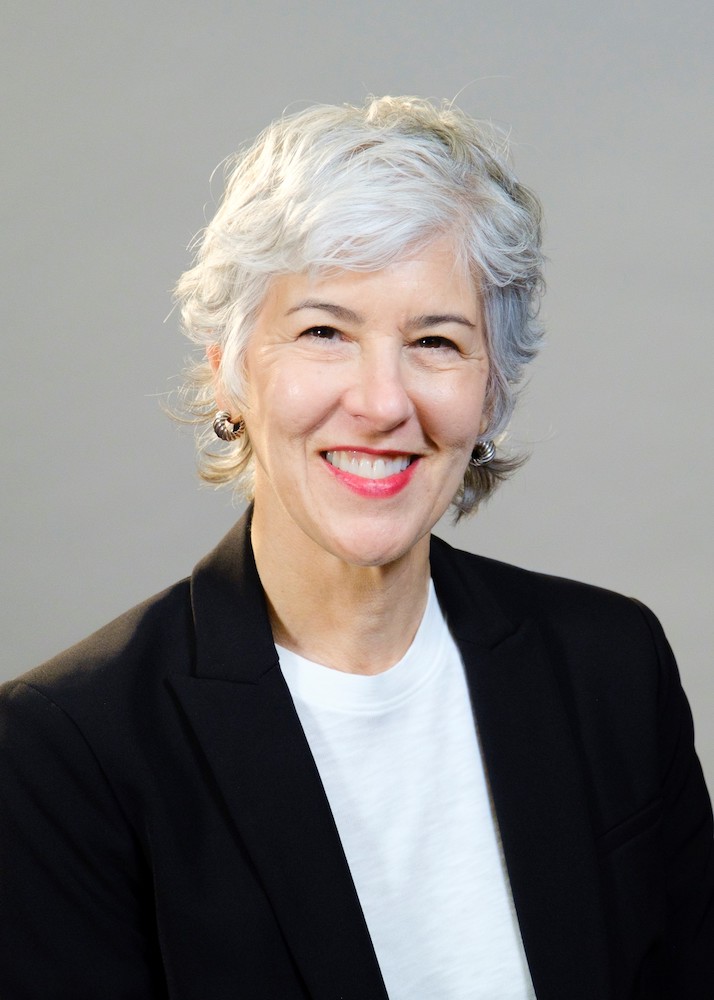Santa Barbara Museum of Art

It might seem disingenuous to employ the expression “a blessing in disguise” when it comes to Covid. But the truth is, were it not for the pandemic, Amada Cruz would probably not be gracing our little burg as Santa Barbara Museum of Art’s brand-new Robert and Mercedes Eichholz Director and CEO.
After all, who suddenly shifts directions after a consistently upwardly mobile career of running bigger and better arts facilities?

But that’s exactly what Cruz did, and the pandemic was the cause for pause, spurring Cruz, who previously headed the much larger Seattle Art Museum, which has three times the budget and number of employees as SBMA, to move down the coast to the position at Santa Barbara’s State Street institution on the day before Halloween.
“I had just started a few months before the pandemic, and had to spend the next two years-plus just getting the enormous organization with 300 employees and 65 board members through a hopefully once in a lifetime event,” she recalled. “During that process, I started evaluating what I wanted to be doing, and I realized a better fit was to be with an organization that was more manageable. Something I could get my arms around, if you will, where I will definitely know who all the employees are.”
So after previously serving as Director of the Phoenix Art Museum, ED at San Antonio-based Artpace, Director of the Center for Curatorial Studies Museum at Bard College, Acting Chief Curator at the Museum of Contemporary Art in Chicago, and founding Program Director for United States Artists in Los Angeles – Cruz has come our way, in the process becoming the latest jewel in the glittering crown that is SBMA.
Now that she’s here, Cruz has gotten right to work – not issuing any proclamations or instituting any changes yet, but rather gleaning everything she can about the museum, its collection, and the community it serves.
“I’m on my listening tour, asking the questions, finding out what people think for the next few months,” she said. “It’s helpful to be an outsider with fresh eyes and look at things a little bit differently, but that also means I need to be quiet and hear what others have to say.”
That extends to understanding the larger community and its cultural needs and relationship to the museum, Cruz said.
“I see a lot of value in the arts beyond the aesthetic, which of course, is vitally important, as well as stimulating creativity. I see the museum as a community builder, so making those connections will be really important. Especially now in this super polarized time. I think that the arts can really bring us together. It sounds corny, but I do feel that art can build empathy. A museum like SBMA that has a general collection of art from different cultures and different eras can really help you to build an awareness of what’s out there outside of your everyday concerns.”
Besides her vast experience in running a complex organization, Cruz also brings her own experiences as an immigrant whose family moved from Cuba to Miami, then Chicago and outside of New York City – a background she thinks will be valuable here in a county where there is a 47 percent Latinx community.
“I speak Spanish fluently albeit with a terrible American accent, but more importantly I have an innate understanding of what it means to be an immigrant, what it means to grow up in a bilingual household,” Cruz said. “For me, one of the big questions I’m thinking about is how do we bring those people into the museum? How do we make the museum matter more to those communities?”
In other words, Cruz is taking the big picture approach to SBMA’s recently updated mission to integrate art into the lives of people.
“The museum is not an ivory tower,” she said. “Museums have evolved to a point where they’re really much less about creating a fortress to protect the treasures of the pope or the king, to being a more porous institution that is informed by its communities, influenced by the communities, and that reaches out to those communities and makes them part of the story. It’s very much about looking externally now.”
So once she’s settled, Cruz plans to expand upon SBMA’s already robust education programs to continue to grow connections with people, and to collaborate with other organizations and cultural institutions in town to strengthen the impact.
At the outset, though, Cruz is excited to be leading the museum that is in firm footing in succeeding Larry Feinberg, who is retiring at the end of the year after a 15-year tenure.
“I’m grateful to be stepping into this position at an organization that’s in such good shape. The collections are very high quality, the exhibitions have been very scholarly and engage people. It’s a super active place, which I love. The staff is really terrific, the board is very, very committed. And the recent enhancements to the building are just amazing. It’s thrilling.”
The Santa Barbara Museum of Art provides in-person and online resources for art makers, art educators, and art enthusiasts. Your donation supports educational programs and engagement opportunities for the community; classroom and after-school activities for students; in-person and virtual school field trips; and adult studio classes and workshops. Visit www.sbma.net/support or call (805) 963-4364.







You must be logged in to post a comment.